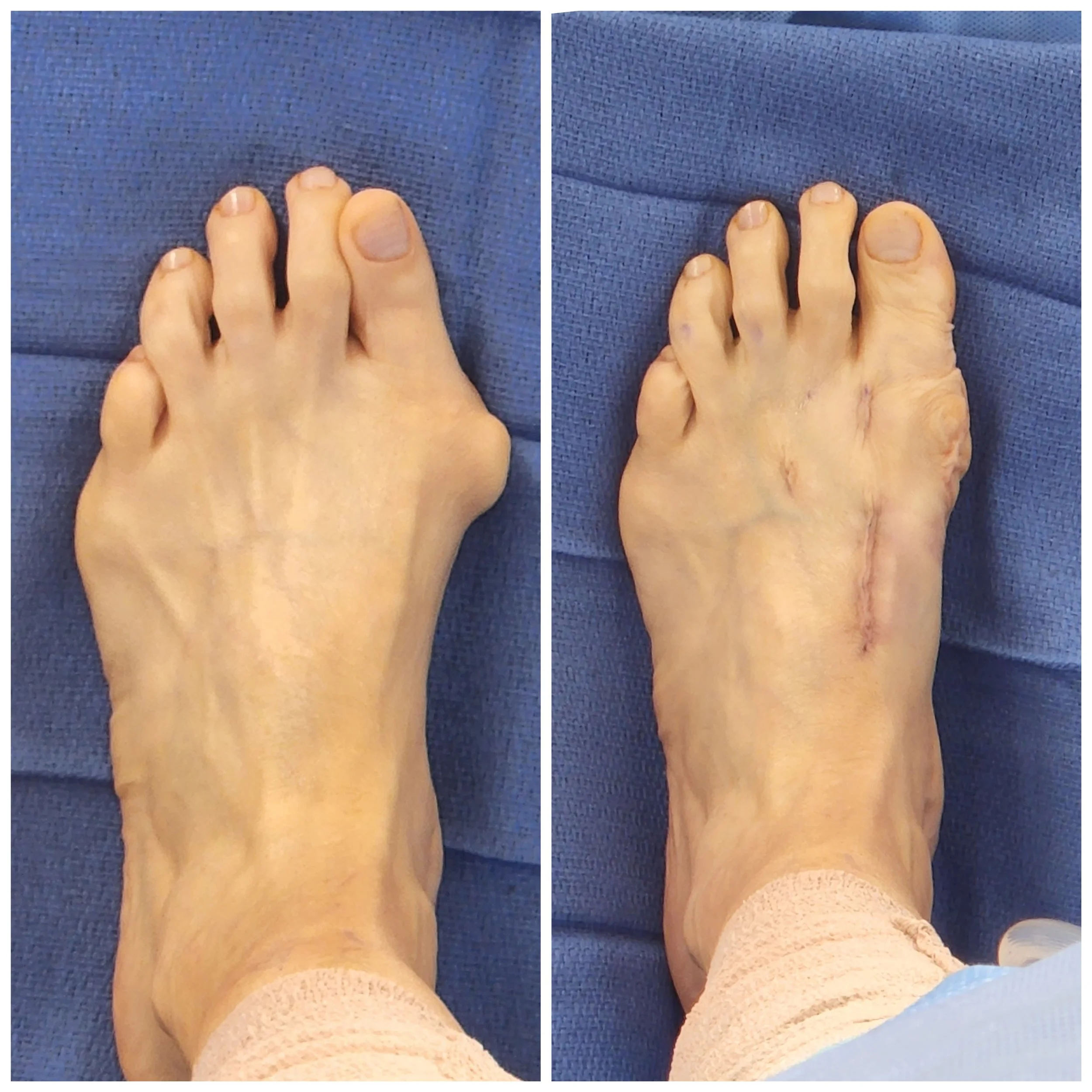How to Choose the Right Surgeon for Your Bunion Surgery
By Dr. Paul Steinke, DPM, FACFAS – Foot and Ankle Associates of North Texas | Grapevine & Keller, TX
If you’ve been told you need bunion surgery—or you’re researching the best bunion surgeon near you—you’re not alone. Bunions are one of the most common causes of forefoot pain, but not all bunion surgeries (or surgeons) are the same. Choosing the right doctor is one of the most important steps you can take to ensure a successful, lasting outcome.
As a foot and ankle surgeon specializing in Lapiplasty® 3D Bunion Correction, I’ve treated thousands of patients from across North Texas who want to get back on their feet quickly and confidently—without the long recoveries or recurrences often associated with traditional bunion surgery.
1. Look for Experience—Not Just a Title
When selecting a surgeon for your bunion surgery, experience matters. Ask how many bunion surgeries your doctor performs each year and whether they specialize in modern 3D correction techniques.
Depnding on their specilizaiton, a general podiatrist or orthopedic surgeon may only perform a handful of bunion procedures annually.
A dedicated foot and ankle surgeon who performs Lapiplasty® or other 3D bunion correction procedures weekly has likely refined the precision, consistency, and outcomes that come with repetition.
At Foot and Ankle Associates of North Texas, our team has helped pioneer advanced 3D bunion correction techniques. I personally have performed hundreds of Lapiplasty® procedures, and am consisently one of the top volume podiatric surgeons for bunion correction in Texas, and one of the top volume Lapiplasty surgeons in the country. This volume makes our practice one of the highest-volume Lapiplasty® centers in the country.
2. Understand What Type of Bunion Correction You’re Getting
Traditional bunion surgery involves cutting and shifting the bone to make the big toe straighter. While this can help with pain, it doesn’t fix the unstable joint at the root of the problem—the cause of most bunion deformities.
Lapiplasty® 3D Bunion Correction addresses the bunion in all three dimensions, repositioning and stabilizing the foundation of the foot. This technique allows many patients to walk the same day of surgery, which is a major step forward compared to older procedures that often required weeks of non-weightbearing.
3. Ask to See the Results
A reputable surgeon should be able to show before-and-after images of real patients and discuss realistic recovery timelines. Testimonials, success stories, and verified reviews on Google, Healthgrades, or Vitals can also offer insight into what to expect.
Look for consistent comments about:
✅ Low recurrence rates
✅ Ability to walk soon after surgery
✅ Clear communication and individualized care
✅ Long-term satisfaction
4. Consider Credentials and Surgical Training
Your surgeon should be board certified in foot and ankle surgery and have specialized training in reconstructive procedures.
I am board certified in both Reconstructive Rearfoot/Ankle Surgery and Foot Surgery by the American Board of Foot and Ankle Surgery.
Our practice is recognized as an Elite Lapiplasty® Bunion Correction Center, a distinction awarded based on surgical volume and patient outcomes.
These credentials ensure your surgeon is highly trained, current with evolving technology, and committed to long-term results.
5. Choose a Practice that Focuses on Recovery and Precision
Modern bunion surgery is as much about the technique as the aftercare. At FAANT, we focus on a precise, patient-centered approach—minimizing downtime while maximizing correction. Our advanced protocols are designed to get you back to walking the same day and back to full activity as quickly and safely as possible.
Ready to Take the Next Step?
If you’re researching bunion surgery near Grapevine or Keller, TX, or want to learn whether you’re a candidate for Lapiplasty® 3D Bunion Correction, I’d love to help you understand your options.
Visit www.faant.com or call our Grapevine or Keller offices to schedule a consultation. Let’s fix your foundation—so you can walk better, live better, and move without bunion pain.
Dr. Paul Steinke, 3DBUNIONDOC


